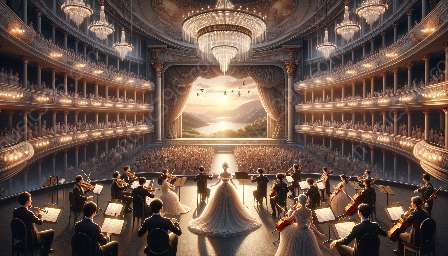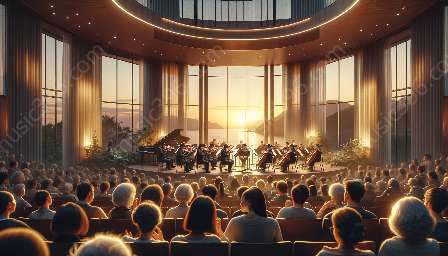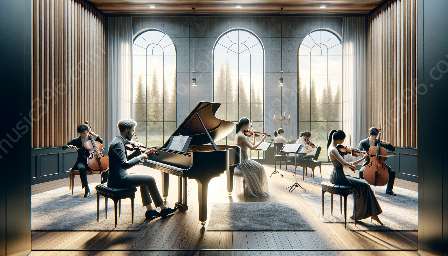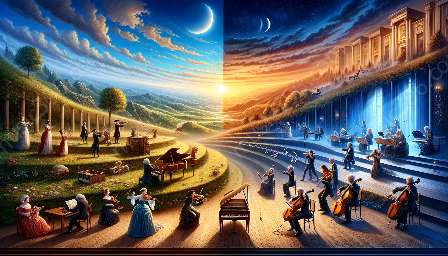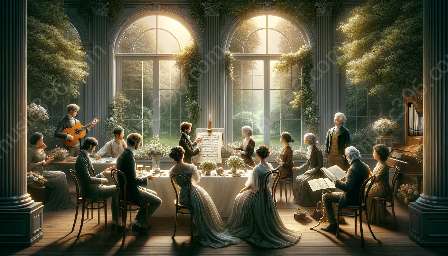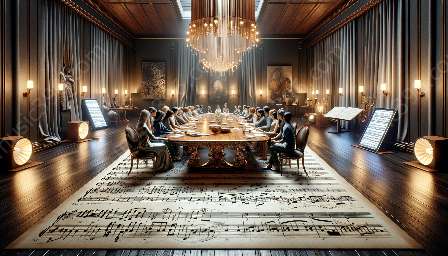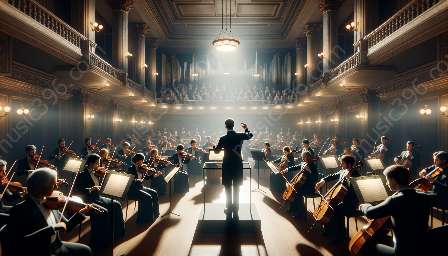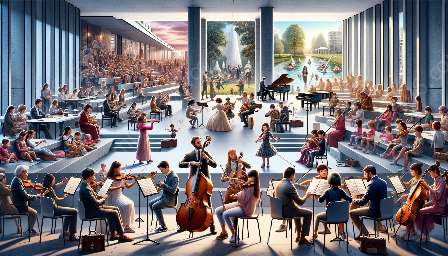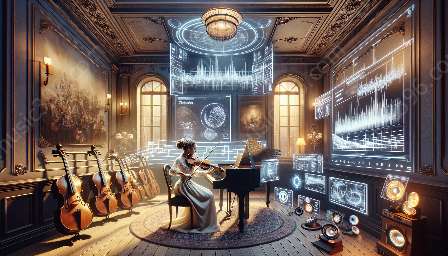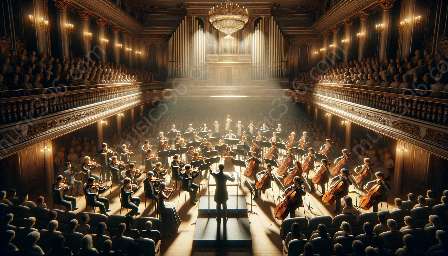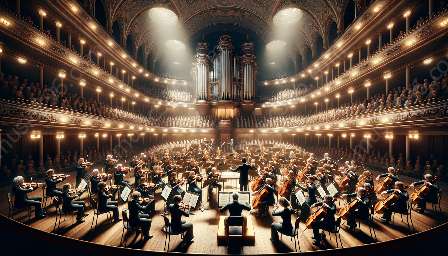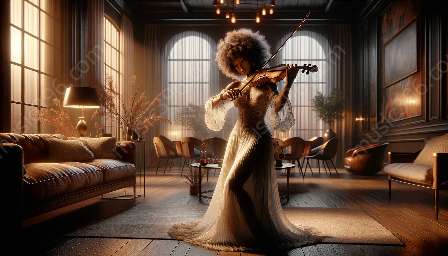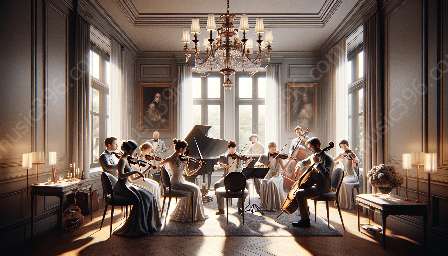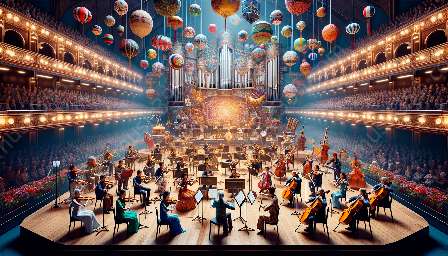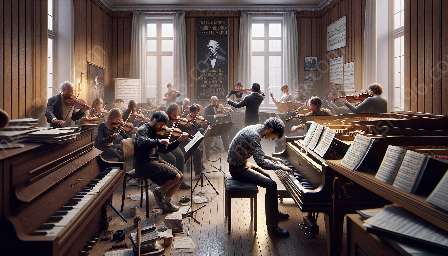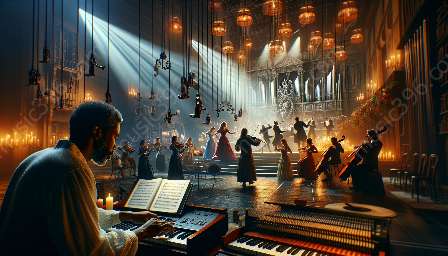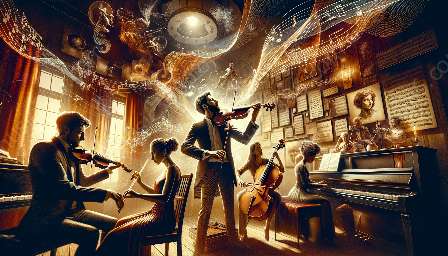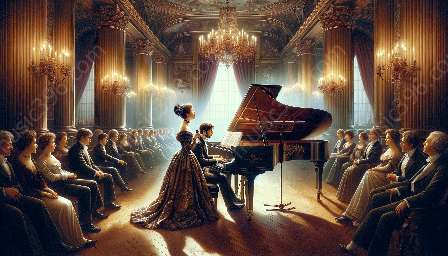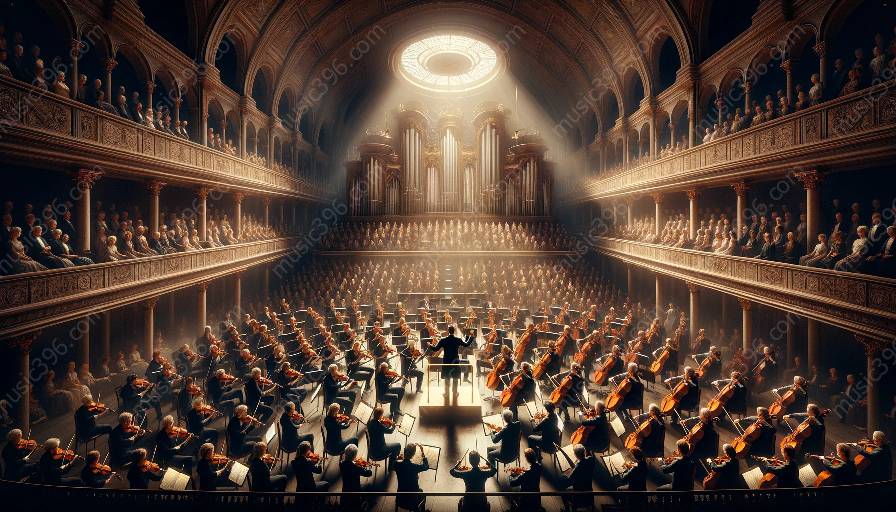Classical symphonies and concertos are rich musical compositions that have been an integral part of the classical music tradition. Understanding the role of patronage in their composition and performance provides a fascinating glimpse into the historical and cultural backdrop of these timeless works.
Historical Context of Patronage in Classical Music
Patronage, in the context of classical music, refers to the practice of wealthy individuals or institutions financially supporting composers and musicians. This system was particularly prevalent during the Classical and Baroque eras, where composers relied heavily on the support of noble families, royalty, and the church.
During this period, composers such as Mozart, Beethoven, and Haydn sought patronage from wealthy aristocrats, who provided them with financial stability and artistic freedom. In return, these composers dedicated their compositions to their patrons and often performed for their benefactors in private concerts and gatherings.
Role of Patronage in Composition
Patronage played a crucial role in the composition of classical symphonies and concertos. Composers, dependent on the financial backing of their patrons, were able to focus on their artistic endeavors without the burden of financial pressures. This support enabled them to dedicate significant time and effort to the creation of complex and grand musical works.
Furthermore, patrons often commissioned specific compositions, providing composers with specific themes or styles to incorporate into their works. This direct patronage resulted in the creation of masterful symphonies and concertos that were tailored to the tastes and preferences of their sponsors.
Performance and Patronage
Patrons not only supported the composition of symphonies and concertos but also played a crucial role in their performance. Private concerts organized for patrons served as a platform for composers and musicians to showcase their latest compositions. These exclusive performances were often attended by a select audience, including the patron and their guests, creating an intimate and privileged setting for the presentation of the music.
Additionally, patrons sometimes provided prestigious venues for performances and facilitated the engagement of talented musicians and orchestras for the execution of these complex musical pieces.
Cultural Significance of Patronage
Understanding the role of patronage in classical symphonies and concertos offers valuable insights into the cultural dynamics of the time. The patronage system reinforced the social hierarchy, with composers and musicians navigating the delicate balance of artistic expression and catering to the tastes of their patrons.
Moreover, the influence of patrons extended beyond the realm of music, as the preferences and values of patrons often shaped the thematic elements and moods of the compositions. This symbiotic relationship between composers and patrons contributed to the proliferation of diverse musical forms and styles, reflecting the varied tastes and inclinations of different patrons.
Legacy of Patronage in Classical Music
While the patronage system has evolved over time, its impact on classical symphonies and concertos is indelible. Many of the most iconic works of classical music were composed under the patronage of influential individuals, leaving a lasting legacy that continues to be celebrated and performed across the world.
The enduring influence of patronage can be observed in the enduring appeal of classical symphonies and concertos, which continue to be revered as pinnacle achievements of musical artistry. As modern audiences continue to appreciate and cherish these timeless compositions, they also pay homage to the historical tradition of patronage that played a pivotal role in their creation.
Conclusion
The role of patronage in the composition and performance of classical symphonies and concertos is a testament to the interconnectedness of art, culture, and societal dynamics. Exploring this historical patronage system offers a deeper appreciation for the enduring legacy of classical music and the influential figures who supported its flourishing.
The symbiotic relationship between composers and patrons has left an indelible mark on the landscape of classical music, shaping the evolution of symphonic and concerto compositions and enriching the cultural tapestry of their time.
As we continue to revel in the timeless melodies and majestic harmonies of classical symphonies and concertos, we honor the legacy of patronage that laid the foundation for their creation and performance.

